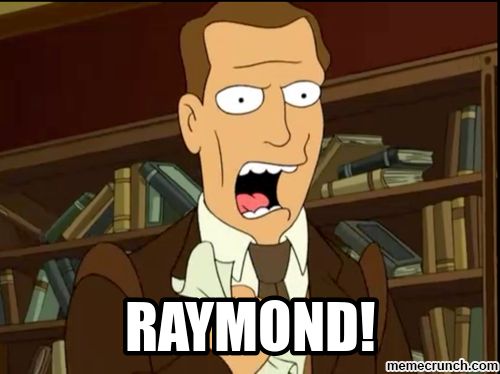430 reads
Crafting Interactive QR Code Web Components: Integration and Customization
by
October 18th, 2023
Audio Presented by

Father, husband, web nerd who builds too many cat-based demos. Love Jamstack, serverless, JavaScript, Python.
Story's Credibility

About Author
Father, husband, web nerd who builds too many cat-based demos. Love Jamstack, serverless, JavaScript, Python.